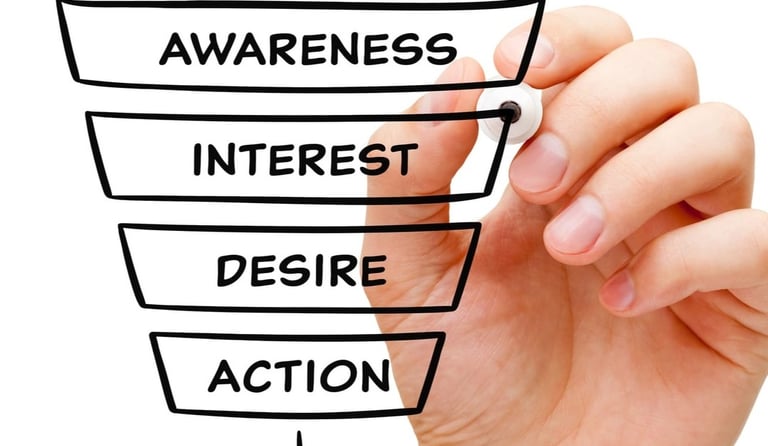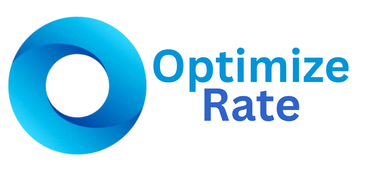
The Grand Customer Theory in the Modern Marketing Funnel
The Grand Customer Theory of Marketing posits that the customer is the central force around which all marketing activities revolve. This theory is rooted in the evolution of marketing thought, behavioral economics, and consumer psychology, emphasizing that understanding and serving the customer is the ultimate driver of business success
2/2/20252 min read


The Grand Customer Theory of Marketing, which places the customer at the heart of all marketing efforts, is especially powerful when applied to conversion optimization and funnel optimization. These disciplines are about guiding customers through their journey—from first contact to loyal advocacy—by understanding their behavior, motivations, and decision-making processes.
The Customer Journey & Conversion Funnel
A conversion funnel maps the steps a customer takes from initial awareness to final action (such as purchase or sign-up). Each stage presents opportunities to apply behavioral insights for increased conversions:
Behavioral Economics: Practical Levers for Optimization
Behavioral economics provides actionable principles that can be strategically embedded at every funnel stage:
Loss Aversion: Highlight what customers stand to lose by not acting (e.g., “Don’t miss out!”). This is a powerful motivator, especially near the bottom of the funnel.
Scarcity & Urgency: Limited-time offers or low-stock alerts increase perceived value and prompt action.
Social Proof: Show reviews, testimonials, or usage statistics to build trust and reduce uncertainty.
Anchoring: Present a higher initial price before a discount to make the offer more attractive.
Framing: How choices are presented (e.g., “90% fat-free” vs. “10% fat”) can significantly influence decisions.
Personalization: Segment users and tailor content, offers, and messaging based on behavior and demographics for higher relevance and engagement.
Nudging: Use subtle cues (like progress bars or reminders) to guide users toward desired actions without overt pressure.
Conversion Optimization in Practice
Conversion optimization is the ongoing process of refining each touchpoint to maximize the percentage of users who complete a desired action. Key steps include:
Analyzing User Behavior: Use analytics and path analysis to identify where users drop off or hesitate in the funnel.
A/B Testing: Experiment with different headlines, CTAs, layouts, and offers to see what resonates best.
Reducing Friction: Streamline forms, simplify navigation, and eliminate unnecessary steps to make conversion easy.
Real-Time Guidance: Deploy chatbots or in-app messages to assist users at critical moments.
Continuous Feedback: Collect and act on customer feedback to iteratively improve the funnel.
Funnel Optimization: A Holistic Approach
Optimizing the funnel means looking beyond individual tactics to the entire customer journey:
Segment and Personalize: Identify high-value segments and create tailored funnels for each group.
Content Alignment: Match content and messaging to each stage of the funnel, addressing specific needs and objections.
Data-Driven Decisions: Use AI and analytics to uncover bottlenecks, predict drop-offs, and recommend improvements.
Ethical Considerations: Build trust by being transparent, respecting privacy, and using behavioral insights responsibly.
Grow your customers
Boost your conversion rates and increase sales. Optimize Rate is the best conversion optimization agency that helps businesses like yours to improve website conversion.
© 2025. All rights reserved.
